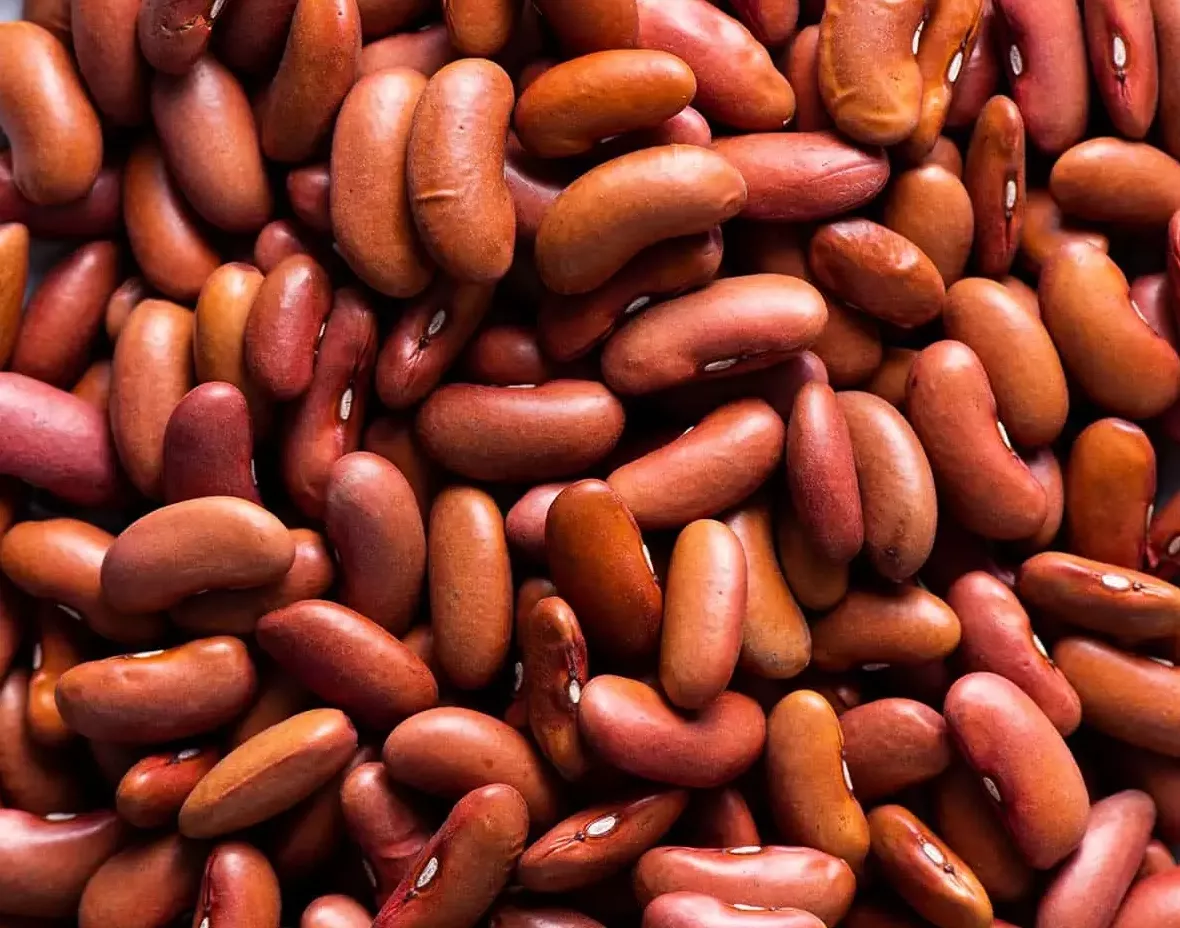The contribution of pulses to achieving net zero in the UK is potentially significant according to a study by researchers at the Environmental Change Institute (ECI).
The UK agrifood sector is estimated to be responsible for a quarter of the UK’s territorial greenhouse gas emissions, making it a priority sector for the UK’s net zero commitments by 2050.
It’s not just their significance in reducing emissions, but it’s also the multiple co-benefits for biodiversity, soils, local economy, and human health.
Marcus Horril, former Research Assistant, ECI, and Dr John Ingram, Associate Professor, ECI, who are members of the AFN Network, the UKRI Agri-food for Net Zero Network, carried out the research with Dr Rosanne Maguire, Research Fellow, Warwick Crop Centre, University of Warwick.
Their study, published in IOPscience, explores how pulses can increase the net zero impact of each component of the agrifood system: producers, processors and manufacturers, transportation and storage operators, consumers, and waste handlers.

Many studies focus on the two ends of the value chain: production and consumption. In this study the researchers also looked at the ‘missing middle’ - what happens between the farm gate and the plate.
While their research identifies many opportunities in all food system activities along the entire value chain, it also discusses the significant social, economic and technological barriers to increasing the production and consumption of pulses in the UK. Dr Ingram said:
Knowledge of producing pulses has dwindled, yields are often not economically competitive, the infrastructure to support processing lacks investment, and consumer behaviour is only slowing shifting towards a more pulse-rich diet. A coordinated shift is required across the pulse system to capitalise on the overall net zero opportunities from ‘fork to farm’.”
The researchers say that it is clear pulses have a valuable contribution towards a net zero UK agrifood system. For growers, increasing pulses in the rotation not only reduces emissions associated with fertiliser application but can also increase soil carbon.
Equally, for processors and manufacturers the incorporation of pulses and pulse derived ingredients into products is a low-cost solution to reducing the carbon footprint of various consumer products, with simultaneous benefits such as improved nutritional value and reduced gluten content.
Producing and eating more pulses in the UK will also contribute to net zero goals in transportation, storage and food waste through greatly shortened food miles and long shelf-life. And for consumers, pulses are a highly nutritious alternative to meat that can significantly increase the net zero value of diets.
Dr Ingram added:
The UK currently produces negligible quantities of pulses that are consumed by the UK population, and barriers to consuming traditional varieties and producing those currently imported are significant.
“More people are following diets that are shifting away from meat and dairy which is increasing the UK demand for pulses, and net zero contributions will vary depending on whether we can meet that demand through UK production or via global imports.
Furthermore, these changes to the food environment—specifically to the availability, affordability and visibility of pulses and pulse-based products—will only shift consumption patterns when accompanied by a coordinated set of public information campaigns and educational interventions to inform consumers about the choices they make.
Demand for pulses in the UK is increasing and needs to be met. While there remain questions of ultimate magnitude or scalability within the UK, there is clearly potential across all food system activities for pulses to contribute to UK net zero.”
Read the article in full: The contribution of pulses to net zero in the UK

